
-
Discovering Andalucía: Spain’s Southern Gem
Andalucía, located in the southern part of Spain, is one of the most vibrant and culturally rich regions in the country. Known for its stunning landscapes, diverse history, and lively traditions, Andalucía is a top destination for travelers seeking to explore authentic Spanish culture. This article will guide you through the key aspects of this fascinating region, including its geography, culture, history, and top attractions.
-
Geography and Climate
Andalucía is the largest autonomous community in Spain, covering nearly 87,000 square kilometers. It is bordered by Portugal to the west, the Mediterranean Sea to the south, and the Sierra Morena mountains to the north. The region includes eight provinces: Almería, Cádiz, Córdoba, Granada, Huelva, Jaén, Málaga, and Sevilla.
The region enjoys a Mediterranean climate, with hot summers and mild winters, making it a great year-round destination. Coastal areas like Málaga and Cádiz offer warm beaches, while inland regions like Granada experience cooler temperatures, particularly in the mountains.
-
Rich Cultural Heritage
One of Andalucía’s most distinctive features is its blend of cultural influences. The region’s history includes a long period of Moorish rule, which has left a lasting impact on its architecture, art, and culture. From the 8th to the 15th centuries, the Islamic presence created a unique mix of Islamic, Christian, and Jewish influences, visible in its historic cities.
The Alhambra Palace in Granada is a prime example of Moorish architecture, featuring intricate carvings, lush gardens, and breathtaking views of the Sierra Nevada mountains. Similarly, the Mezquita in Córdoba, a former mosque turned cathedral, is a powerful symbol of the region’s religious and architectural evolution.
The Flamenco Tradition
Andalucía is the birthplace of flamenco, a passionate art form combining music, singing, and dance. Originating from the Romani people in southern Spain, flamenco has become a symbol of Spanish culture and is deeply rooted in Andalusian traditions.
Flamenco performances are found throughout the region, particularly in Seville, Granada, and Jerez de la Frontera. These shows feature expressive dance, intense guitar playing, and soulful singing, offering a glimpse into the heart of Andalusian culture.
-
Andalusian Cuisine
The cuisine of Andalucía is a reflection of its agricultural abundance and historical influences. Olive oil, a staple ingredient, is produced in vast quantities here. One of the region’s most famous dishes is gazpacho, a cold tomato-based soup ideal for hot summer days. Another popular dish is salmorejo, a thicker version of gazpacho made with bread and garlic.
Tapas, small plates of food, are central to Andalusian dining culture. From fried fish in Cádiz to jamón ibérico in Huelva, tapas reflect the region’s diverse culinary landscape, offering visitors a taste of Andalucía’s rich flavors.
-
Top Attractions in Andalucía
- Alhambra (Granada): A stunning palace and fortress that reflects the beauty of Moorish architecture. Visitors can explore intricate palaces, lush gardens, and breathtaking views.
- Mezquita (Córdoba): This mosque-turned-cathedral is a must-see for its iconic red and white arches, symbolizing Córdoba’s diverse religious history.
- Seville Cathedral and Alcázar (Seville): The world’s largest Gothic cathedral, home to Christopher Columbus’ tomb, and the Alcázar of Seville, a royal palace with Moorish and Renaissance styles.
- Costa del Sol (Málaga): This sunny coastline offers miles of beaches, luxurious resorts, and a vibrant nightlife.
- White Villages (Pueblos Blancos): Picturesque villages like Ronda and Mijas feature whitewashed houses and traditional Andalusian charm.
-
Festivals and Events
Andalucía is famous for its colorful festivals. Semana Santa (Holy Week), celebrated in cities like Seville and Málaga, is one of Spain’s most significant religious events, featuring elaborate processions. The Feria de Abril in Seville is a week-long festival filled with flamenco, bullfighting, and traditional Andalusian attire, embodying the spirit of the region.
-
Conclusion
Andalucía captures the essence of Spain, with its rich history, diverse cultural influences, and stunning landscapes. Whether you’re exploring the palaces of Granada, relaxing on the beaches of Costa del Sol, or enjoying a flamenco performance, Andalucía offers an unforgettable experience. Its mix of old-world charm and modern vibrancy ensures that visitors will leave with a deep appreciation for this captivating region.



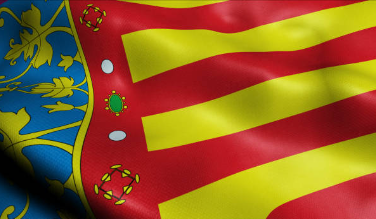
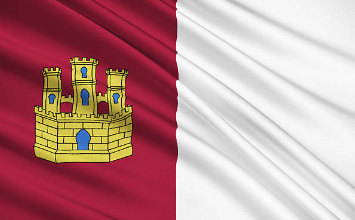
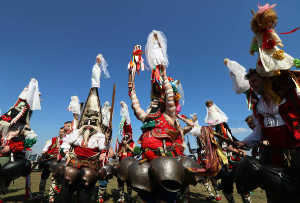
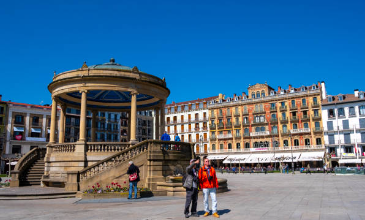
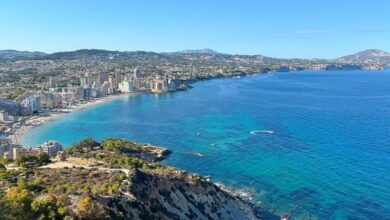
3 Comments